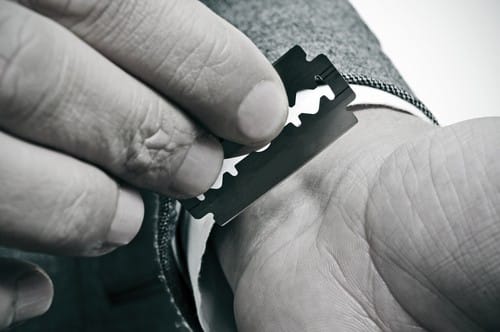Self-harm is a concept that can be frightening and confusing to parents. Why would a youngster use self-injury to actually make themselves feel better? The truth is that self-harm can be a form of self-medicating against some types of mental illness or the stresses and strains of daily life. Like drugs and alcohol, the behavior can even become addictive for some kids, making it nearly impossible for them to stop the destruction. Parents can help their children by learning what self-injury is, why it typically occurs and what can be done to break the pattern and heal their kids.
Types of Self-Injury
There are many ways teens can inflict harm on themselves:
- Scratching or picking at the skin to cause an injury
- Cutting the skin with a sharp object like a razor blade
- Biting or burning the skin
- Pulling out hair
- Hitting themselves or banging their heads against a wall
- Piercing the skin with sharp objects
- Swallowing dangerous objects or substances
Some teens may try self-harm a few times and then stop because it doesn’t bring them the relief they are hoping for. Others can get into a routine of self-injury that becomes very difficult, if not impossible, to stop on their own.
Signs of Self-Injury
As a parent, you never want to think your child is injuring himself without your knowledge, just like you probably wouldn’t want to face the reality of drug or alcohol abuse. However, ignoring the situation won’t make it go away, and will likely allow things to get worse. If you suspect your child might be self-harming, there are a few telltale signs to watch out for:
- Your child wants to wear long sleeves, even in the heat of summer
- Your child seems to have numerous, unexplained wounds or injuries
- Tools like broken glass or razors are found in the trash or in your child’s room
- You see increased isolation in your child as they avoid friends and social situations
- Your child begins to spend more time alone, locked in their room or bathroom
- Other symptoms are present, such as irritability, poor self-esteem or impulsivity
In most cases, the injuries will be found on the arms, legs or stomach because these are areas your teen can easily reach and cover up afterward. Your teen may also be visiting websites that talk about self-harm, another red flag for parents to seek help for their kids.
Reasons for Self-Injury
There are plenty of misconceptions about why teens self-harm. It is important to set the facts straight so you understand the possible reasons behind your child’s behavior. Most teens that injure themselves are not looking for attention, which is why they spend so much time and energy covering up the evidence. They are also not usually suicidal – in fact, they are looking for a way to survive rather than give up.
Teens that harm themselves intentionally often do so to escape intense feelings of sadness, loneliness or anxiety. The injury makes them feel something besides the dark emotions inside, which gives them a break from feeling so bad. They can even begin to crave the release self-injury offers, which is why this behavior can become addictive over time.
Treatment Options that Work
Treatment for self-injury generally requires a multi-faceted approach that includes individual and family therapy. In addition, many teens that self-injure also abuse substances, so they will require treatment for both disorders in order to see the best results. Treatment may take some time as your teen learns to replace harmful behaviors with healthy methods of dealing with negative feelings and emotions.
The staff at Visions Adolescent Treatment Centers works with teens struggling with self-harm as well as drug and alcohol abuse. To learn more about this disorder or get help for your teen, contact Visions today at 866-889-3665.
Originally posted on June 6, 2016 @ 3:36 pm






